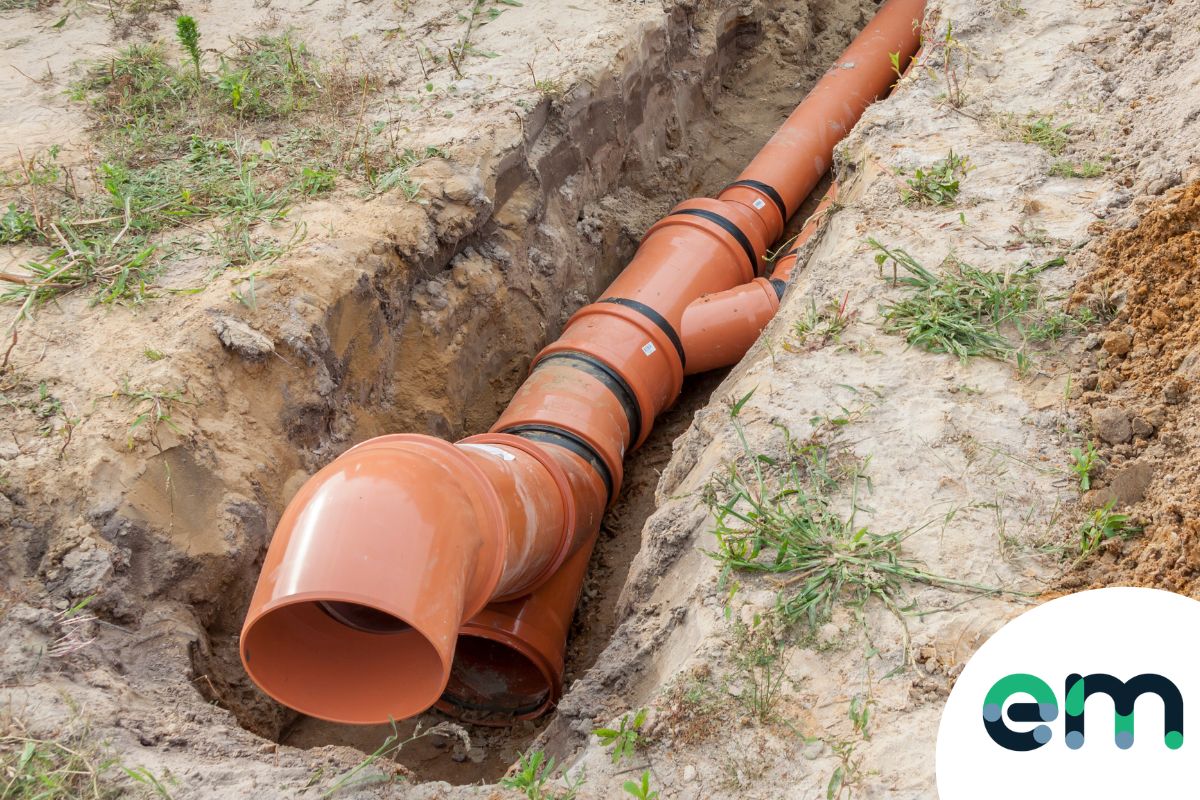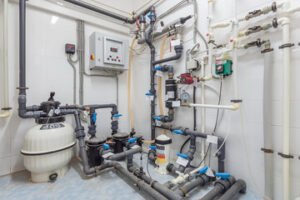They are making a number of great observations relating to Plumbing basics: How your home plumbing works as a whole in this great article followed below.

Plumbing is an essential facet of any kind of home, in charge of supplying clean water for alcohol consumption, food preparation, and bathing, along with getting rid of wastewater safely. Comprehending the essentials of home plumbing is vital for every house owner to make certain correct upkeep, troubleshooting, and, if necessary, repair services. In this newbie's guide, we'll cover the basic principles of home plumbing to aid you end up being a lot more acquainted with just how it functions.
Water Heating Unit
The water heater is in charge of heating water for domestic usage, including bathing, cooking, and cleansing. Usual types of water heaters include tank-type water heaters, tankless (on-demand) hot water heater, and heatpump hot water heater. The water heater is linked to the water system and supplies warm water to plumbing fixtures as needed.
Drainage System
The drainage system eliminates wastewater from your home and brings it away to a sewer therapy facility or septic system. It includes a network of pipelines, installations, and components that deliver wastewater from plumbing components to the major sewage system line or septic system. Correct water drainage is necessary to protect against obstructions, back-ups, and sewer leakages.
Air flow System
The air flow system assists preserve appropriate atmospheric pressure and stop sewage system gases from entering your home. Air vent pipelines, additionally called air vent stacks, prolong from plumbing fixtures to the roof, allowing sewage system gases to run away safely outside. Ventilation pipelines likewise enable air to go into the drainage system, facilitating smooth wastewater circulation and protecting against suction or vacuum cleaner impacts.
Water Supply System
The water supply system brings tidy water right into your home from a community water source or a private well. It contains a primary water line that links to your home's plumbing system, usually situated underground. A water meter gauges the quantity of water taken in, while a shut-off valve allows you to regulate the flow of water into your home.
Plumbing Components
Plumbing fixtures are devices that supply water to different parts of your home and include sinks, faucets, commodes, showers, tubs, and appliances such as dishwashers and cleaning devices. Each component is connected to the supply of water system using pipes and fittings and may have its shut-off valve for maintenance or emergency situations.
Common Plumbing Tools
Having the right tools accessible is necessary for carrying out basic plumbing repair services and upkeep tasks. Usual plumbing tools consist of adjustable wrenches, monkey wrench, pliers, pipe cutters, hacksaws, plungers, augers (or drain snakes), and Teflon tape. Having these devices conveniently offered can aid you tackle small plumbing concerns successfully.
Basic Plumbing Repair Work
While some plumbing fixings might need specialist help, many common issues can be addressed with basic DIY strategies. Learning just how to fix a leaking faucet, unblock a drain, replace a commode flapper, or fix a dripping showerhead can save you money and time on plumbing repair work.
Verdict
Recognizing the basics of home plumbing is vital for every single property owner to keep a safe, functional, and effective plumbing system. By acquainting yourself with the supply of water system, plumbing components, drainage system, air flow system, usual plumbing devices, and basic repair work, you can with confidence resolve minor plumbing issues and ensure your home's plumbing system runs efficiently.
Understanding Basics of Home Plumbing System: A Beginner's Guide
The Main Components of Your Home Plumbing System
The Water Supply System
This system is responsible for transporting fresh water into your home. It usually has a main water line that splits into two branches: one directed towards cold water services and the other connected to a water heater for hot water. The pressure is key here; it ensures water reaches all parts of your house.
The Drainage System
Once water has been used, it becomes wastewater that needs to be removed from your home. This is where the drainage system comes into play. It includes all the pipes that carry wastewater and sewage away from your house to sewage treatment facilities or septic tanks.
The Vent System
The vent system prevents sewer gases from entering your home and helps maintain the pressure balance that allows wastewater to flow out properly. These vents usually exit through the roof of your house.
Water Heating System
For those who enjoy hot showers or using hot water for cleaning, the water heater is a crucial part of the plumbing system. It can be a tankless system, which heats water on demand, or a traditional water tank model.
Common Plumbing Problems and Basic Troubleshooting
Plumbing systems, while designed to be durable, can face issues like clogged drains, leaky faucets, or low water pressure. Here are some basic troubleshooting tips:
Clogged Drains
Use a plunger or a plumber's snake to try and dislodge whatever is blocking the drain. Regular cleaning can prevent clogs.
Leaky Faucets
Often caused by worn-out washers or gaskets, these can usually be replaced by someone with basic DIY skills.
Low Water Pressure
This might be due to sediment build-up in your fixtures or a leak somewhere in your water line. Cleaning out aerators or seeking a professional to detect leaks might be necessary.
Preventive Maintenance Tips
Maintaining your plumbing system is key to avoiding emergencies. Regularly check for leaks, avoid disposing of grease down the sink, and have your system inspected by a professional plumber at least once a year.

I discovered that blog posting on Plumbing basics: How your home plumbing works while exploring the web. You should pause to distribute this blog posting if you appreciated it. Bless you for being here. Return soon.
Call